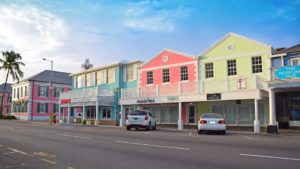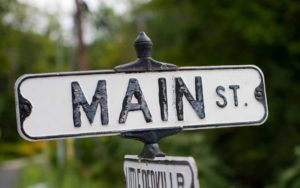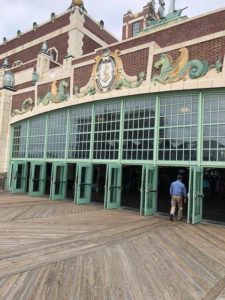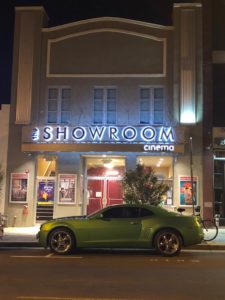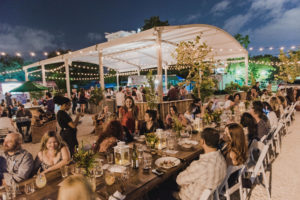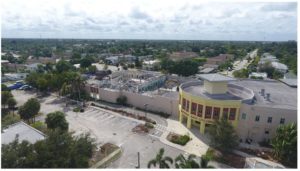
Boynton Beach Town Square looking southwest.
So on Monday, I told you that I went to a Business Development Board breakfast in Palm Beach that focused on three landmark real estate projects: iPic, the redevelopment of the Old Office Depot site and a unique public private partnership in Boynton Beach called “Town Square”.
Sadly, I was too tired to actually write about it, but I’ve recovered enough from my whirlwind week to share a few thoughts on these projects which were warmly received by about 150 business leaders at the breakfast.
Let’s start with the iPic.
Now that the dust has settled on the development battle, it’s time to focus on what’s happening to the old Delray library site.
iPic will be moving its corporate headquarters into the project along with its conventional theater offerings. There’s roughly another 23,000 plus square feet of Class A office space left to rent.
Local firm Avison Young is spearheading the marketing drive and they are well positioned to bring solid corporate tenants to downtown Delray.
Downtown office space has been a longtime aspiration for Delray civic leaders.
Cities that are sustainable have to create places where people want to live, work, learn and play.
Delray has done a good job with downtown housing—although I worry about the lack of affordability caused by some very ill-conceived changes to our code. Having residents living downtown makes for a safer city (more eyes on the street) and helps to support downtown businesses.
We’ve done a good job on the ‘play’ aspects of downtown—with festivals and special events, some open space, activities like the CRA Green Market and some cultural amenities like Old School Square, the Arts Garage and the Arts Warehouse. It would be nice if we can finally do something at the Old School Square Park, which remains a major opportunity.
The learning component is a work in progress—some of our cultural amenities have education at its core but there’s room for more learning opportunities.
That leaves work….
Creating downtown office space isn’t easy. The office market is changing, the economics are difficult and parking and access are always a concern. But I’m excited about the office component of the iPic project as well as the offices being planned at Atlantic Crossing.
So I will be anxious to see what Avison Young turns up at the iPic site and wish them well. It’s a great location.
The Boynton Beach Town Square project is also exciting.
I’ve had the opportunity to meet with Mark Hefferin and his team at E2L Holdings and review the plans and vision for downtown Boynton Beach along Seacrest Boulevard. It’s very cool.
The City Hall, library and Police Department have been bulldozed and will make way for a 21st Century City Hall/library with incubator space, an event venue that can accommodate 6,500 people and a restored old school with a 500 seat theater and restaurant. Downtown commercial uses are also planned. It’s a 16 acre project with open spaces, a hotel and other uses that should really make a difference in eastern Boynton Beach.
It’s an ambitious project and it looks amazing. Boynton Beach is clearly going for it as they say. If they succeed, and I think they will, the project will be transformational for Boynton Beach’s brand and its future.
The city is making a big bet on the deal—to the tune of $118 million, plus private equity.
As for the redevelopment of the Old Depot site, I’ll have more later on this deal as it evolves. But the plans call for a mix of uses and some programming to catalyze the corridor.
The site has sat vacant for over a decade since Office Depot moved its corporate headquarters to Boca Raton. The goal now is to re-energize the site and the corridor with apartments, for sale townhomes, a revitalized Arbors office building and commercial uses.
Stay tuned, this is an exciting time in Southern Palm Beach County.
